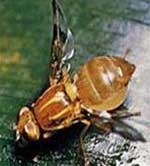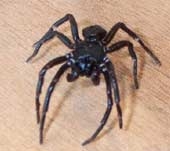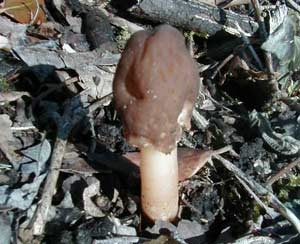Butterflies and moths both belong to the order Lepidoptera, but there are significant differences in physical characteristics and behavior between these two groups of insects.
Firstly, moths are much more diverse than butterflies. According to the Smithsonian Institution, there are up to 160,000 species of moths described worldwide, compared to about 11,000 species of butterflies.
Both types of insects have scales on their wings, but moth wings tend to be darker, often gray, brown, or beige, while most butterfly species have brightly colored and more vibrant wings.
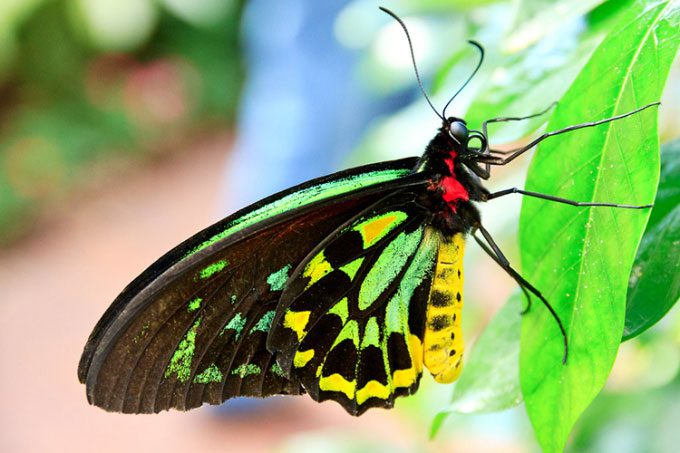
Queen Alexandra’s butterfly. (Photo: Massimiliano Doria)
This difference in coloration is partly related to their living behavior. Moths are nocturnal and try to camouflage themselves during the day on dark surfaces like tree bark.
In contrast, butterflies are diurnal, moving from flower to flower to sip nectar. Their vibrant wings often serve to deceive predators into thinking they contain toxins or unpleasant-tasting chemicals, according to Iowa State University.
Another significant behavioral difference between the two groups of insects is that butterflies typically fold their wings when resting, while moths spread or stretch their wings out alongside their bodies. Additionally, moths possess a structure known as the frenulum, which connects the forewings and hindwings, a feature not observed in butterflies.
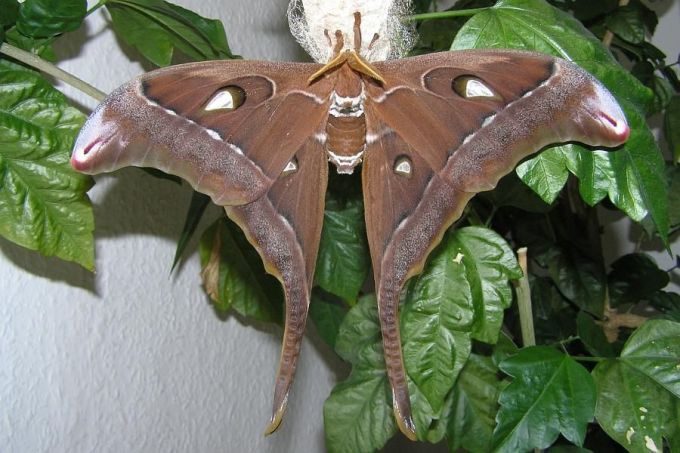
Hercules moth. (Photo: Lepiforum)
The developmental stages between the larvae and adults of butterflies and moths also differ slightly. Moths spin cocoons made of fine silk, whereas butterflies form hard, silk-less chrysalises, according to the Lewis Ginter Botanical Garden in Henrico, Virginia.
In terms of antenna shape, there are clear differences. Butterfly antennae are typically long, slender, and hairless. In contrast, moth antennae are covered in fine hairs, shorter, and feather-like or leaf-shaped.
However, there are exceptions that can cause confusion. For example, the Madagascan moon moth (Argema mittrei) has bright yellow wings adorned with vivid red spots and is active during the day, while the Schaus swallowtail butterfly (Heraclides aristodemus ponceanus), found in the swamps of Florida, is rather dull brown with some white spots.








































